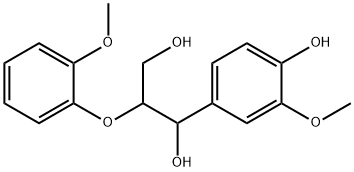Gumguaiac , 9000-29-7
Synonym(s):
Guaiac;Guaiacum;Resin guaiac
CAS NO.:9000-29-7
Empirical Formula: NULL
Molecular Weight:
MDL number: MFCD00132801
EINECS: 232-535-2
| Pack Size | Price | Stock | Quantity |
| 25g | RMB476.80 | In Stock |
|
| 100g | RMB1406.40 | In Stock |
|
| 500g | RMB5440.00 | In Stock |
|
| 1kg | RMB9119.20 | In Stock |
|
| others | Enquire |
PRODUCT Properties
| Melting point: | 85 °C (dec.)(lit.) |
| form | powder |
| Merck | 13,4566 |
Description and Uses
Bulnesia sarmienti Lor. is a wild tree 3 to 4 m (10 to 13 ft.) high,
widespread in the woods of Argentina and in the Gran Chaco area
of Paraguay. This variety yields the true guaiac, Guaiacum officinale
L., also a tree native to tropical America (Caribbean Islands),
grows wild or cultivated in Venezuela, Jamaica, Cuba, and Colombia.
This variety yields a resinous substance from which a tincture
is prepared. The wood and sawdust from the tree are the parts
used. Guaiac has a soft, pleasant, rose-like odor reminiscent of tea
roses.
The essential oil is obtained by steam distillation of chipped wood
of B. sormienti in approximately 3% yields. It is a thick, viscous,
orange-brown mass with a woody, rose-like odor reminiscent of
tea rose. Sometimes the oil exhibits a smoky note. The main
constituent of the oil, also known as champaca wood oil, is guaiol,
a sesquiterpene alcohol (85%).
The derivatives are fluid extract, tincture (mainly from G. officinale
L.). The tincture is generally a 10% solution in 60% ethanol. The
fluid extract is a reddish-brown liquid with a pleasant odor and
burning, bitter taste.
Clinical reagent (blood or hemoglobin).
Safety
| Hazard Codes | Xn |
| Risk Statements | 22 |
| Safety Statements | 36 |
| WGK Germany | 3 |
| RTECS | ME6260000 |
| Hazardous Substances Data | 9000-29-7(Hazardous Substances Data) |
| Toxicity | LD50 orally in rats: >5000 mg/kg (Jenner) |





